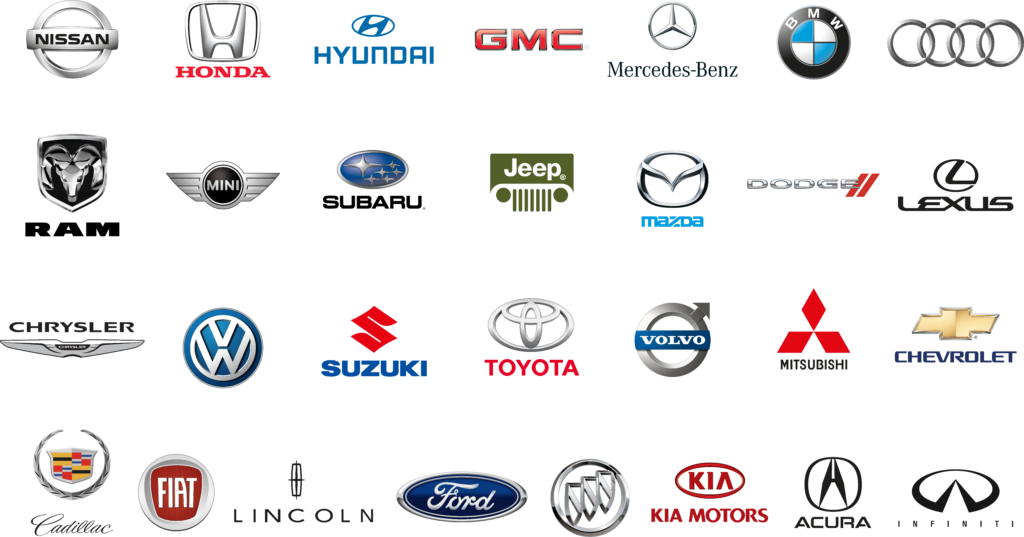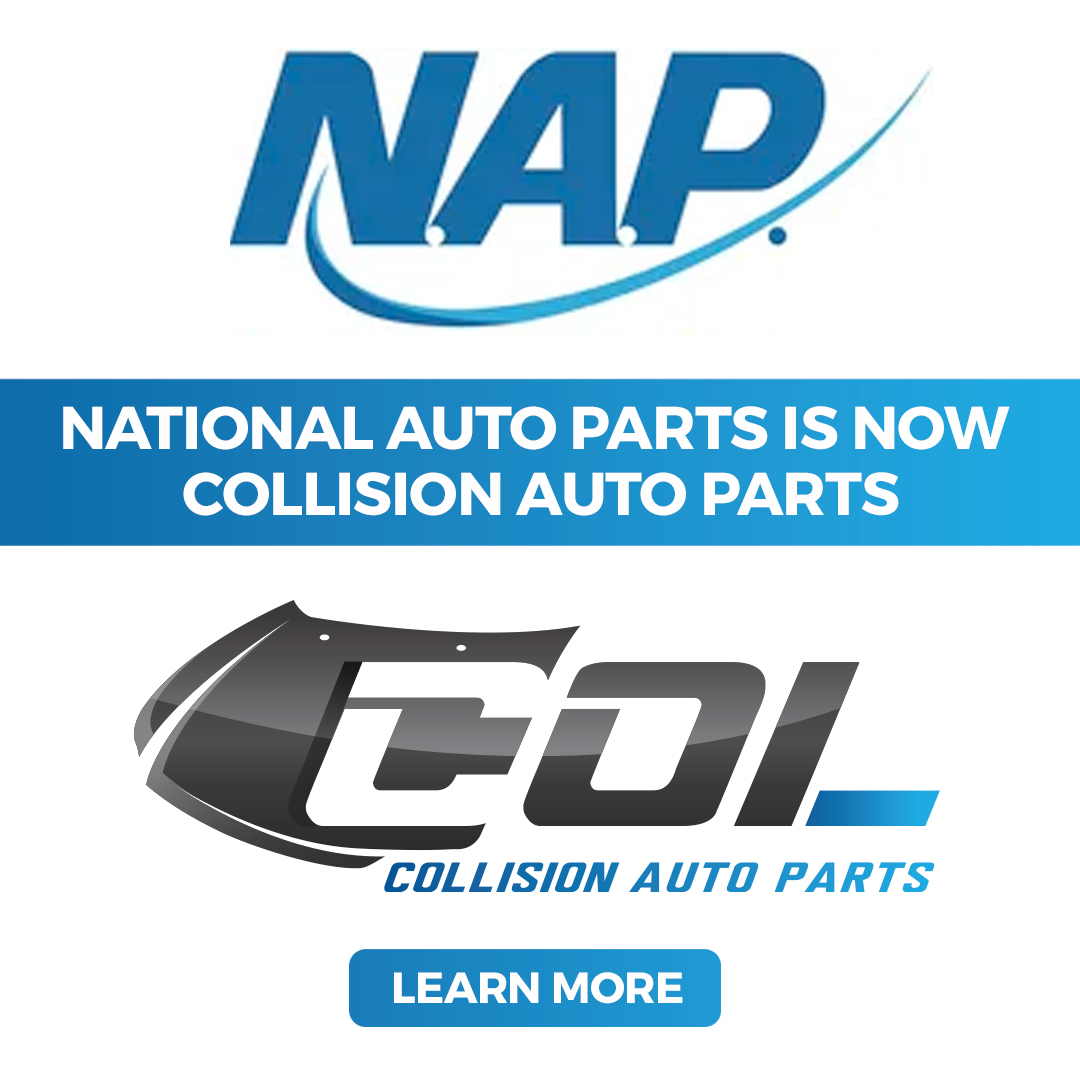
WHO WE ARE…
COLLISION AUTO PARTS
Collision Auto Parts, comprised of three entities that operate distribution facilities across California and New Mexico, is a leading value-added distributor of certified and non-certified aftermarket collision repair parts. COL’s product categories include bumper covers, grilles, fender lines, hoods, tail lamps, head lamps and others. Collision Auto Parts utilizes a robust fleet of trucks to deliver parts to customers on a daily basis. Through tenured supplier relationships and a dedicated commitment to customer service, the Company has been able to develop and maintain strong customer relationships with national and regional MSOs and local collision repair providers.
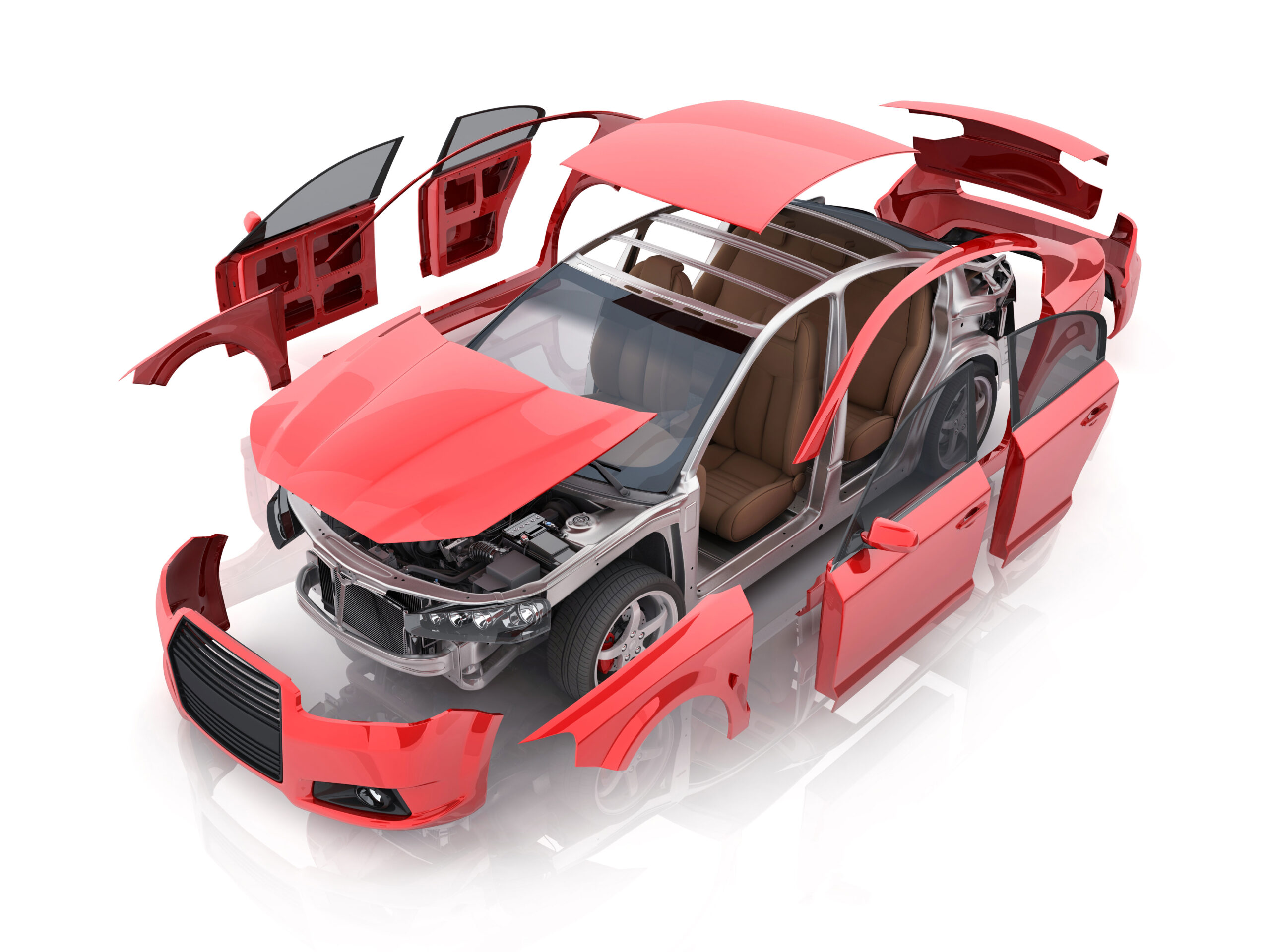
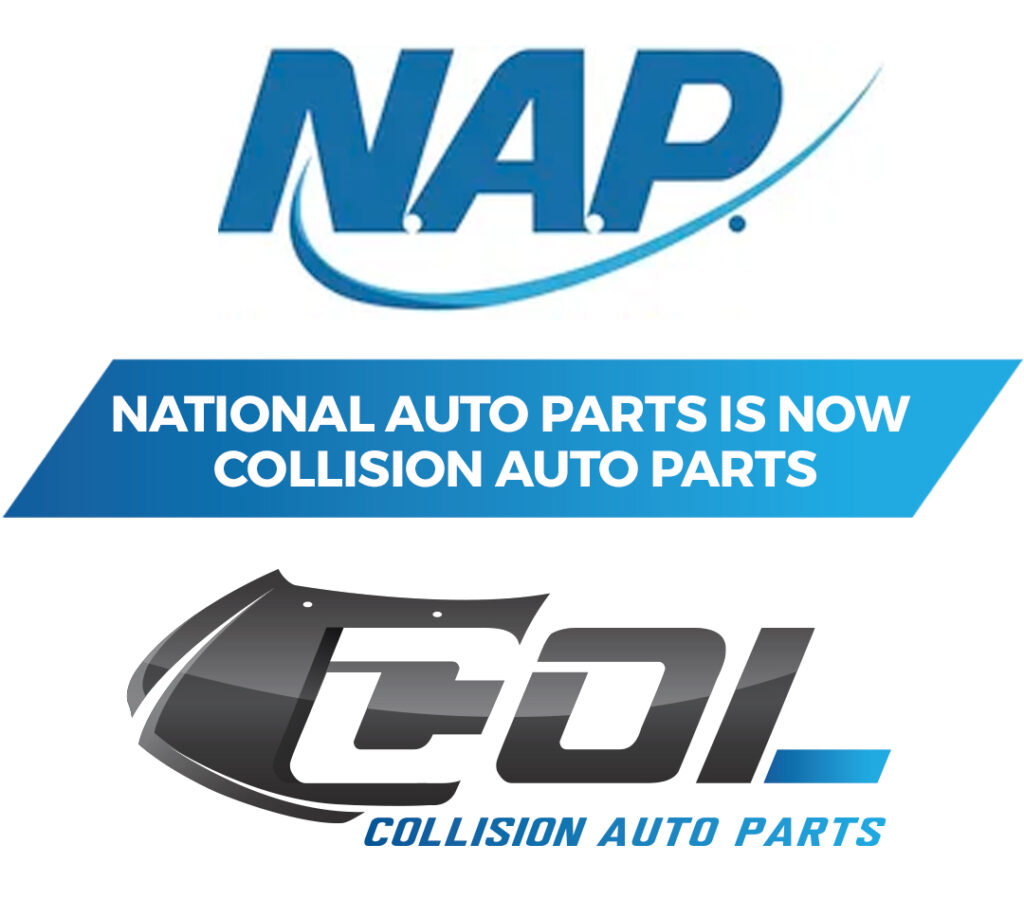
WHO WE ARE…
COLLISION AUTO PARTS
Collision Auto Parts, comprised of three entities that operate distribution facilities across California and New Mexico, is a leading value-added distributor of certified and non-certified aftermarket collision repair parts. COL’s product categories include bumper covers, grilles, fender lines, hoods, tail lamps, head lamps and others. Collision Auto Parts utilizes a robust fleet of trucks to deliver parts to customers on a daily basis. Through tenured supplier relationships and a dedicated commitment to customer service, the Company has been able to develop and maintain strong customer relationships with national and regional MSOs and local collision repair providers.

WHAT WE SELL…
COLLISION AUTO PARTS
We save 20-80% from the Original Equipment price because We buy direct from the manufacturers, and we pass that savings onto you, the customer. We offer a 100% Inspection Guarantee — we inspect every single part as it comes into our warehouse and when it leaves the warehouse, so you can rest easy knowing you’re receiving the highest quality part in great condition. Anyone can quote prices, but only our experts will take the time to listen to your questions and make recommendations. on how best to fix your car, either in-person or over the phone. National Auto Parts has a wide selection of exterior body parts, specializing in parts for front-ends. Browse our sample body parts to see if we stock what you need.
Bumper Covers
Hoods
Head Lights/Lamps
Mirrors
Grilles
Valance Panels
Steel Front Bumpers
Bumper Ends
Engine Splash Shields
Fenders
Fender Flares
Hood Hinges
Radiator Supports
Bumper Brackets
Bumper Reinforcements (Rebar)
Absorbers
Header Panels
Coolant Tanks
Window Washer Tanks
Radiators
AC Condensers
Fan Assemblies
Fan Shrouds
Fan Blades
Tail Lights/Lamps
Step Bumpers
Bedsides
Tailgates
Tailgate Handles
Door Handles
Window Regulators
Plastic/Metal Clips
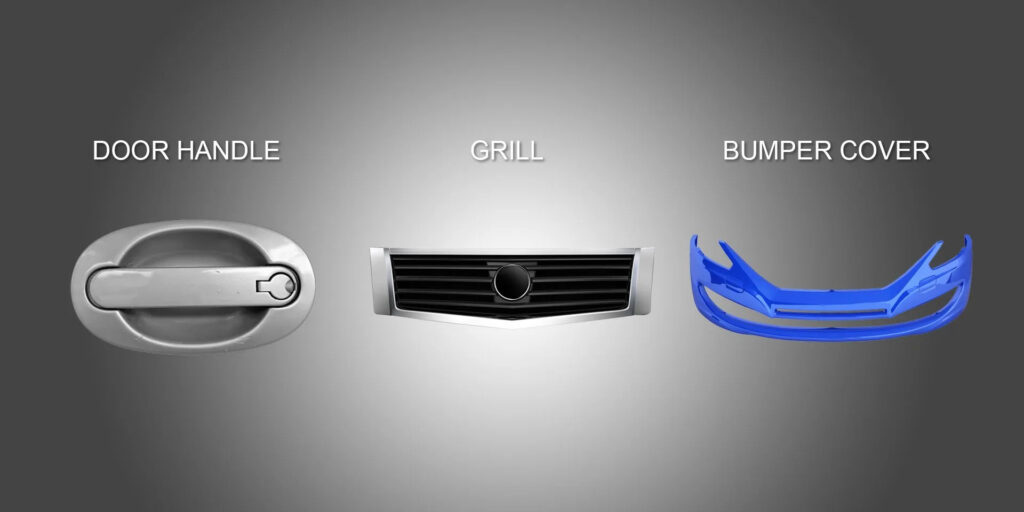
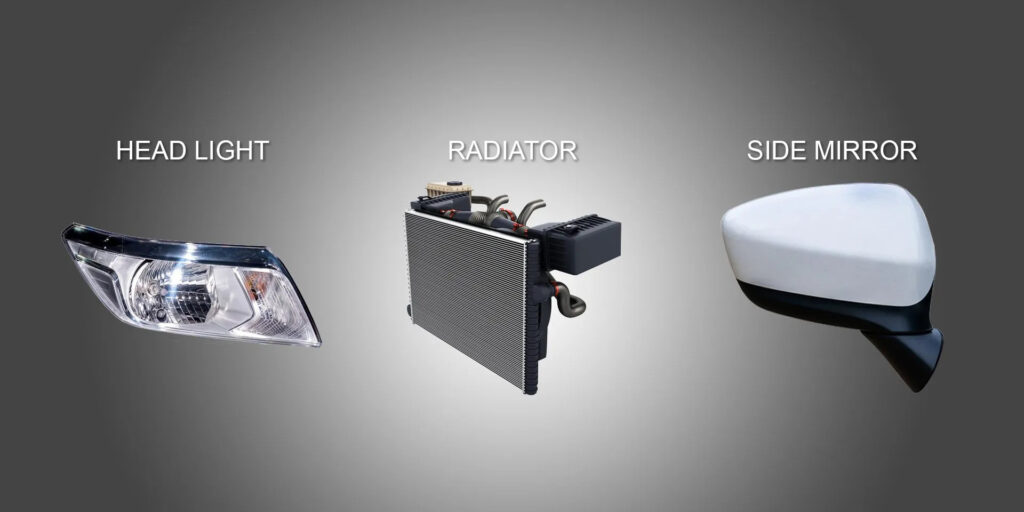
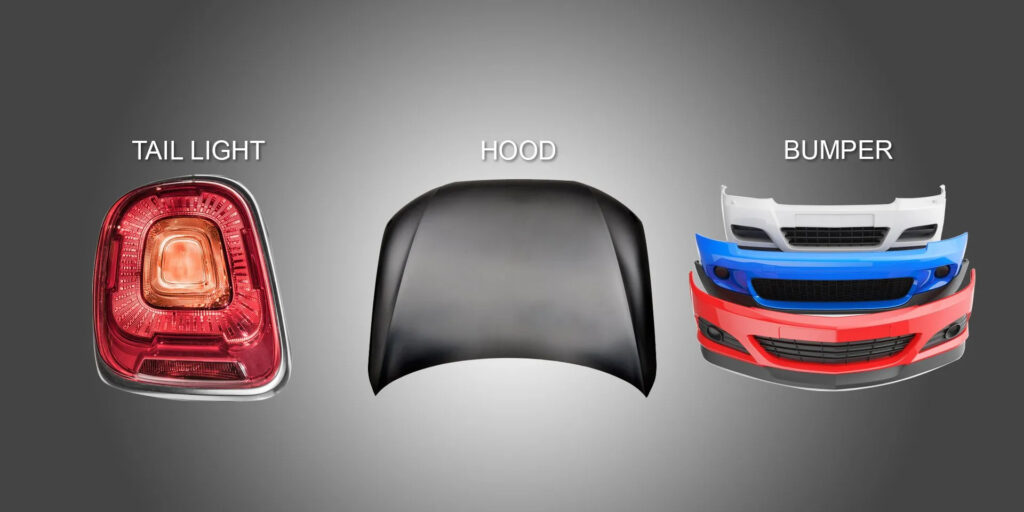
NorCal
The premier auto body and cooling parts distributor serving Northern California since 2005. We sell certified, as well as non-certified, quality auto body parts from all the top brands at competitive prices. We are fully licensed, insured, and bonded for your peace of mind. Additionally, we are NSF certified and ISO 9001:2015 certified distributors. Whether you’re installing the body part yourself or trusting your favorite body shop, the money you save means you’ll feel as good as your car will look.
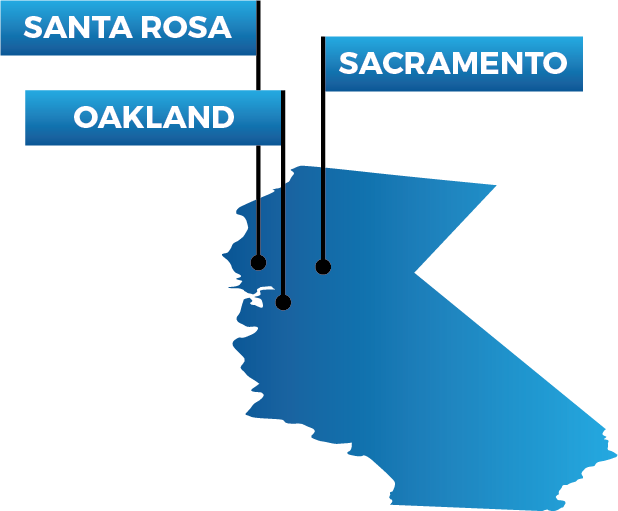
SoCal
We’re working hard day by day to be your best automotive aftermarket option. We have the best selection of auto collision parts, auto body replacement parts and new aftermarket auto parts in San Diego for every make and model. We sell CAPA certified parts so you always get quality products for your car. Our focus is to provide you with high quality parts and excellent customer service to make sure your experience shopping with us is as pleasant as possible.
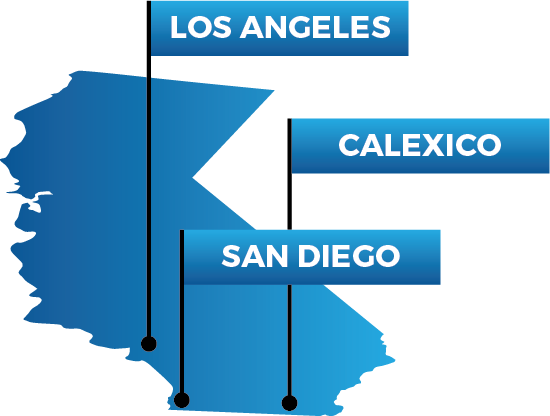
Mountain West
For over 20 years, we have been supporting the state of New Mexico — including cities on the border like El Paso, TX, Amarillo, TX, Durango, CO, Window Rock, AZ — with monumental selection, unparalleled service, and ultra-competitive prices. A complete collision auto body parts supplier, we have the largest collection of both CAPA and NSF certified aftermarket parts, so you can feel confident we’ll have the parts you need to make your car look as good as new.
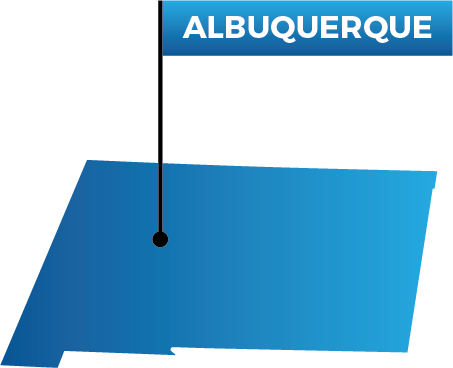
COLLISION AUTO PARTS
RECENT NEWS

Based on 320+ Google Reviews
(Trusted Score 4.3 / 5.0)





